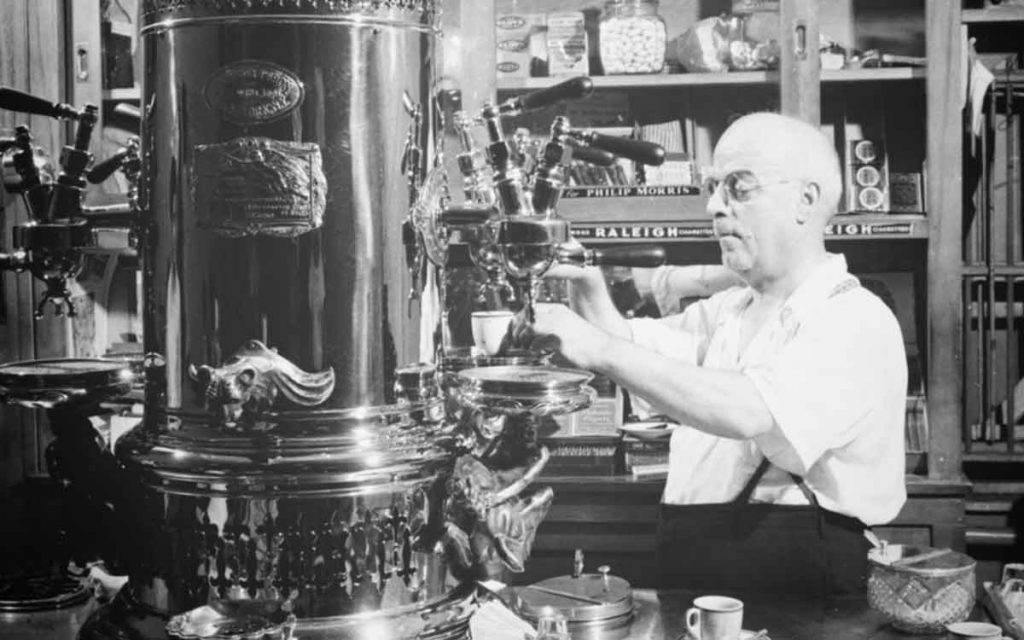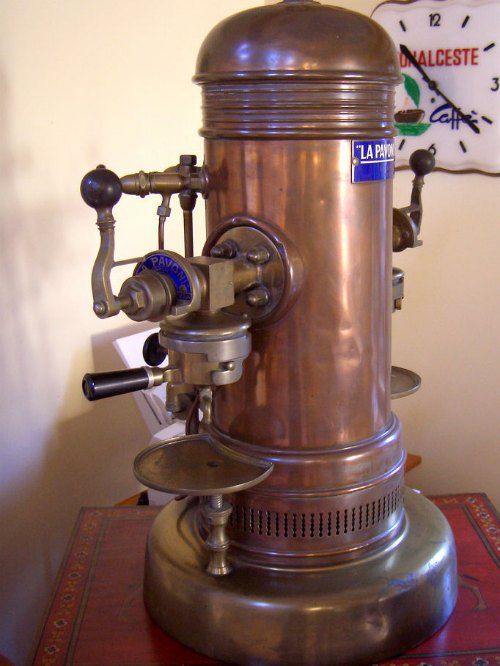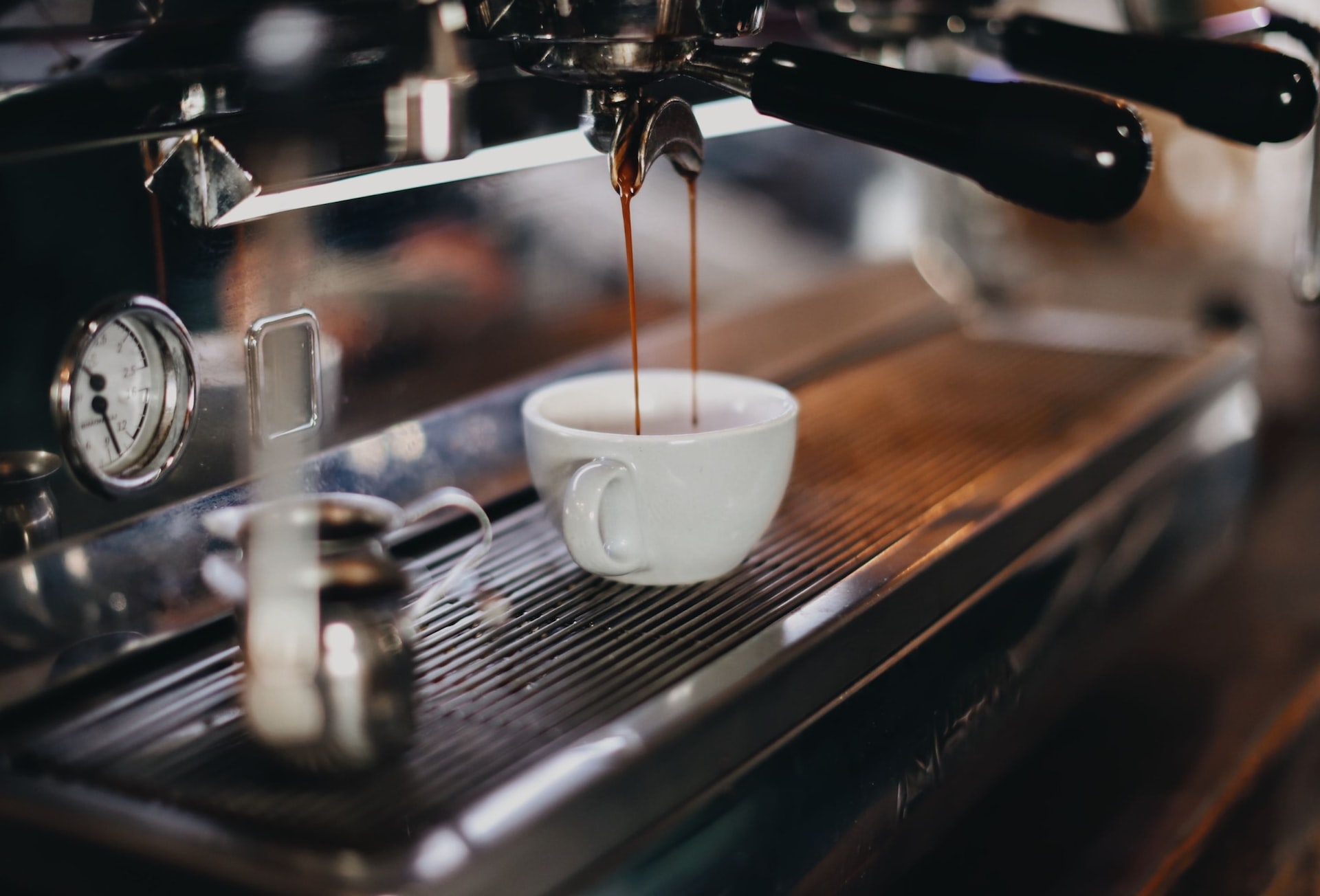Espresso coffee is a quintessential part of our daily lives, enjoyed by millions of people every day. Whether you’re sipping it at a café, ordering it to-go, or making it at home with your trusty machine, espresso is an integral part of coffee culture. But have you ever wondered about the history of espresso coffee? How did this strong, bold, and delicious drink come into existence?
In this article, we’ll explore the rich and fascinating history of espresso coffee. We’ll take you on a journey from the streets of Italy to the rest of the world, tracing the origins, cultural significance, and innovations that shaped the espresso we know and love today. Get ready to dive into the world of espresso and discover its hidden secrets!

The Birth of Espresso Coffee: A Brief History
Espresso coffee originated in Italy in the early 20th century. It is believed that the first espresso machine was invented by Angelo Moriondo in 1884, who was an Italian inventor from Turin. However, it wasn’t until 1901 when Luigi Bezzera, another Italian inventor from Milan, patented a new type of espresso machine that was capable of making coffee with pressurized water, which is the basis of modern espresso machines.
The word “espresso” itself means “pressed out” in Italian, which refers to the way the coffee is made. Espresso coffee is brewed by forcing hot water through finely ground coffee beans under high pressure, resulting in a concentrated and rich drink. The traditional serving size of espresso is a shot, which is a small amount of coffee served in a demitasse cup.
Espresso coffee quickly became popular in Italy, where it was often consumed standing at a café counter as a quick pick-me-up. It wasn’t until after World War II that espresso coffee started to gain popularity outside of Italy, with the first espresso machines appearing in cafes in the United States and other countries in the 1950s.

The Culture of Espresso Coffee: From Italy to the World
Espresso coffee is not just a drink, it’s a cultural phenomenon. In Italy, the art of making and enjoying espresso coffee is deeply ingrained in the social fabric. The act of going to a café and ordering an espresso is a ritual that has been passed down for generations. It’s not just about the caffeine, but also about the socializing and sense of community that comes with it.
Outside of Italy, espresso coffee has also become a cultural symbol of sophistication and refinement. It’s no longer just a quick pick-me-up, but a drink to be savored and enjoyed. In many countries, ordering an espresso is a sign of good taste and an appreciation for quality coffee.
The Evolution of Espresso Machines
Espresso coffee has come a long way since the first espresso machines were invented. Today, there are countless types of espresso machines available, from manual lever machines to fully automatic ones. Let’s take a look at some of the innovations that have shaped the modern espresso machine:
- The Lever Espresso Machine: This is the oldest type of espresso machine, which was invented in 1945 by Achille Gaggia. It uses a lever to manually pressurize the water and extract the coffee, resulting in a creamy and flavorful espresso.
- The Pump Espresso Machine: This type of espresso machine uses an electric pump to create pressure and extract the coffee. It was first introduced in the 1960s.
- The Super-Automatic Espresso Machine: This is the most advanced type of espresso machine, which does everything from grinding the beans to frothing the milk automatically. It’s perfect for busy cafes and restaurants, where speed and consistency are important.
The innovation in espresso machines has not only improved the quality of the drink but has also made it easier to make at home. Nowadays, you can buy affordable espresso machines for your home, allowing you to enjoy café-quality espresso without leaving your house.

Espresso Coffee Around the World
Espresso coffee has become a global phenomenon, enjoyed by people of all cultures and backgrounds. Let’s take a look at how espresso coffee is consumed in different parts of the world:
- Italy: Espresso coffee is still deeply ingrained in Italian culture. It’s often consumed standing at a café counter as a quick pick-me-up, and is sometimes paired with a small pastry or biscuit.
- Spain: In Spain, espresso coffee is often consumed as a “café solo,” which is a single shot of espresso. It’s usually consumed in the morning or after a meal.
- France: In France, espresso coffee is often consumed with a croissant or other pastry for breakfast. It’s also enjoyed in the afternoon as a mid-day pick-me-up.
- United States: Espresso coffee is often served in larger sizes in the United States, with popular drinks including lattes and cappuccinos. It’s also often consumed on-the-go, with many coffee shops offering drive-thru or take-out options.
- Australia: In Australia, espresso coffee is often served with milk and is known as a “flat white.” It’s a popular drink that’s consumed throughout the day, and is often enjoyed in social settings with friends or colleagues.
No matter where you go in the world, you’re likely to find espresso coffee being enjoyed in one form or another.
FAQs about Espresso Coffee
Q: Is espresso coffee stronger than regular coffee?
A: Yes, espresso coffee is stronger than regular coffee. It’s brewed using a higher coffee-to-water ratio and is concentrated, resulting in a bold and flavorful drink.
Q: Can I make espresso coffee at home?
A: Yes, you can make espresso coffee at home with an espresso machine. There are many affordable machines available that allow you to make café-quality espresso from the comfort of your own home.
Q: What’s the difference between a latte and a cappuccino?
A: A latte is made with espresso and steamed milk, topped with a small amount of foam. A cappuccino is made with equal parts espresso, steamed milk, and foam.
Q: How should I store my coffee beans for making espresso?
A: It’s best to store your coffee beans in an airtight container at room temperature. Avoid storing them in the fridge or freezer, as this can cause moisture to build up and affect the flavor of the beans.
Conclusion
The history of espresso coffee is a fascinating journey that has shaped coffee culture around the world. From its humble beginnings in Italy to becoming a beloved drink enjoyed by millions, espresso coffee has come a long way. Whether you’re a coffee lover or just enjoy the occasional cup, understanding the history and culture behind espresso coffee can deepen your appreciation for this flavorful and aromatic drink.
So, the next time you’re sipping on your favorite espresso drink, take a moment to think about the rich history and cultural significance behind it. Who knows, you might just gain a newfound appreciation for this beloved beverage!



